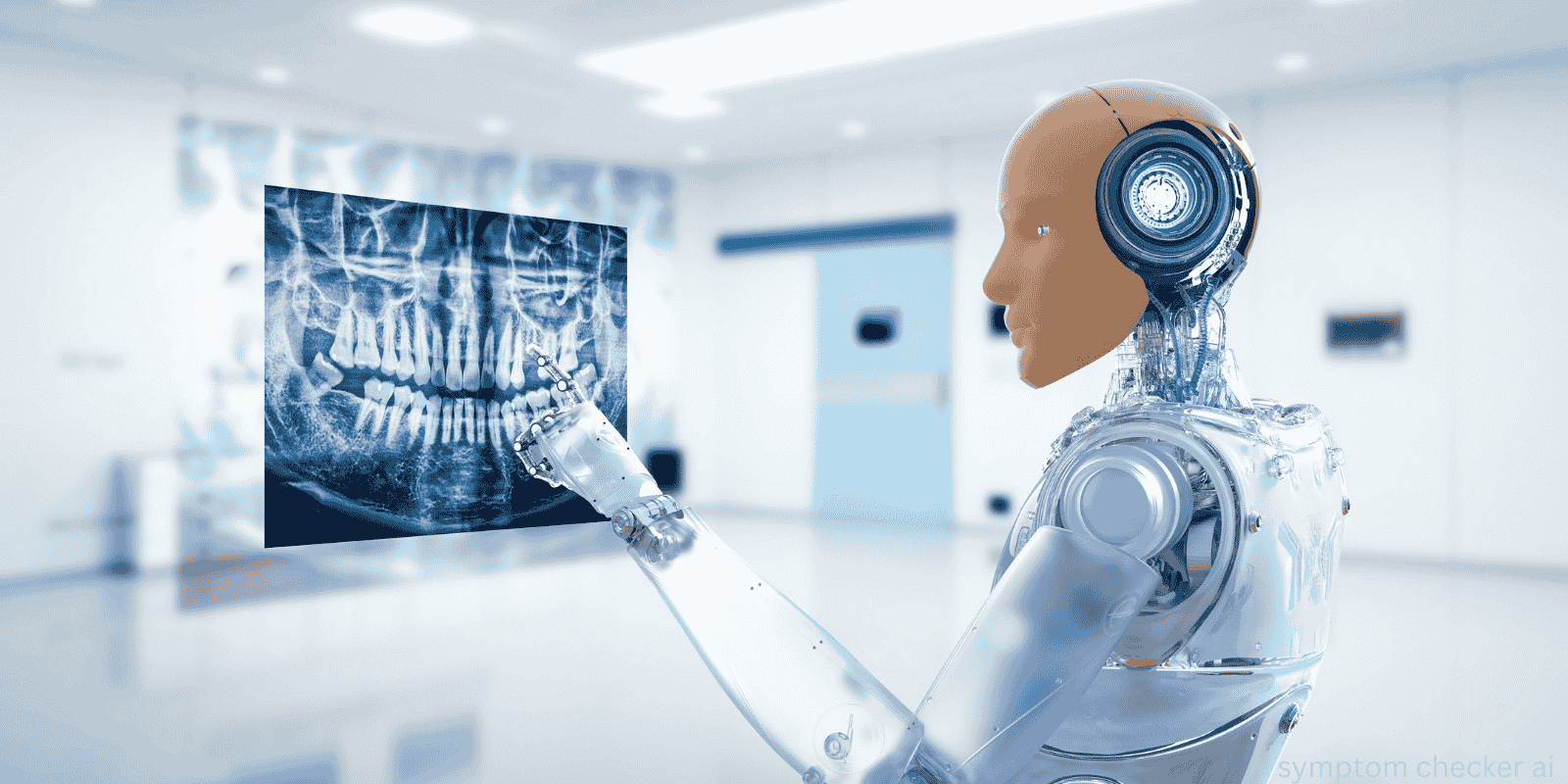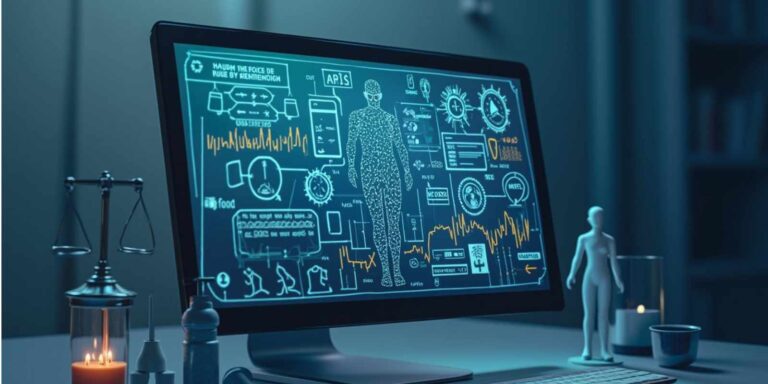Sometimes, but not reliably. This is one of the biggest limitations of current symptom checker technology.
The virus versus bacteria question is something even experienced doctors struggle with regularly.
Why It’s So Difficult
Viral and bacterial infections often look nearly identical, especially in the early stages. Both can cause:
- Fever
- Fatigue
- Body aches
- Digestive issues
The symptoms overlap so much that distinguishing them requires nuanced medical thinking.
What Symptom Checkers Can Do
AI symptom checkers are decent at identifying when an infection is likely bacterial based on:
- Specific symptom combinations
- Duration patterns
- Severity indicators
- Clear bacterial infection signatures
For example, they’re often right about UTIs with classic burning urination and frequency.
Where They Fall Short
Symptom checkers struggle with:
- Mixed infections (viral and bacterial together)
- Bacterial infections with atypical presentations
- Viral infections that mimic bacterial ones
- Secondary bacterial infections after viral illness
- Subtle timing differences
The Classic Examples
Strep throat vs. viral sore throat: AI might catch obvious strep cases with severe throat pain, fever, and swollen lymph nodes, but miss atypical presentations.
Bacterial pneumonia vs. viral pneumonia: These can look identical symptomatically. Physical examination and sometimes chest X-rays are needed.
Sinus infections: Viral and bacterial sinusitis symptoms overlap significantly. Duration and progression patterns matter more than individual symptoms.
Timing Patterns AI Misses
Human doctors consider: “You felt better on day 5, then got worse again” (suggests bacterial superinfection).
AI may not catch these subtle progression patterns that suggest bacterial involvement.
The Laboratory Testing Reality
Definitive virus versus bacteria diagnosis often requires:
- Throat cultures
- Blood tests
- Urine cultures
- Chest X-rays
- Other diagnostic tests
Symptom checkers can’t order or interpret these tests.
Clinical Context Matters
Human doctors factor in:
- Your medical history
- Current medications
- Recent antibiotic use
- Immune system status
- Local infection patterns
AI has limited access to this contextual information that affects infection likelihood.
When Symptom Checkers Are Helpful
They work reasonably well for:
- Clear-cut bacterial infections (UTIs, obvious strep)
- Obviously viral illnesses (common cold patterns)
- Determining if symptoms need medical evaluation
- Initial triage decisions
When They’re Not Enough
Complex situations requiring human evaluation:
- Symptoms lasting longer than expected
- Unusual symptom combinations
- High-risk patients (elderly, immunocompromised)
- Treatment failures
- Severe or worsening symptoms
The Antibiotic Decision
This is where symptom checkers really struggle. The decision to prescribe antibiotics requires:
- Understanding bacterial versus viral likelihood
- Considering antibiotic resistance patterns
- Weighing benefits versus risks
- Factoring in patient-specific factors
Current AI Limitations
Most symptom checkers:
- Can’t perform physical examinations
- Lack access to diagnostic testing
- Don’t understand complex medical histories
- Can’t factor in local disease patterns
- Miss subtle clinical clues
The Safety Approach
Good symptom checkers err on the side of caution, recommending medical evaluation when viral versus bacterial determination is unclear.
This is actually appropriate — it’s better to be overly cautious than miss bacterial infections needing treatment.
Future Improvements
AI is getting better at:
- Incorporating more sophisticated pattern recognition
- Using multiple data points simultaneously
- Learning from larger medical databases
- Integrating with diagnostic devices
Professional Oversight
The best AI platforms have human physician oversight specifically because virus versus bacteria determination is so challenging.
Bottom Line
Current symptom checkers can sometimes distinguish viral from bacterial infections, but they’re not reliable enough for definitive diagnosis.
They’re useful for initial assessment and determining urgency, but complex infection evaluation still requires human medical expertise.




